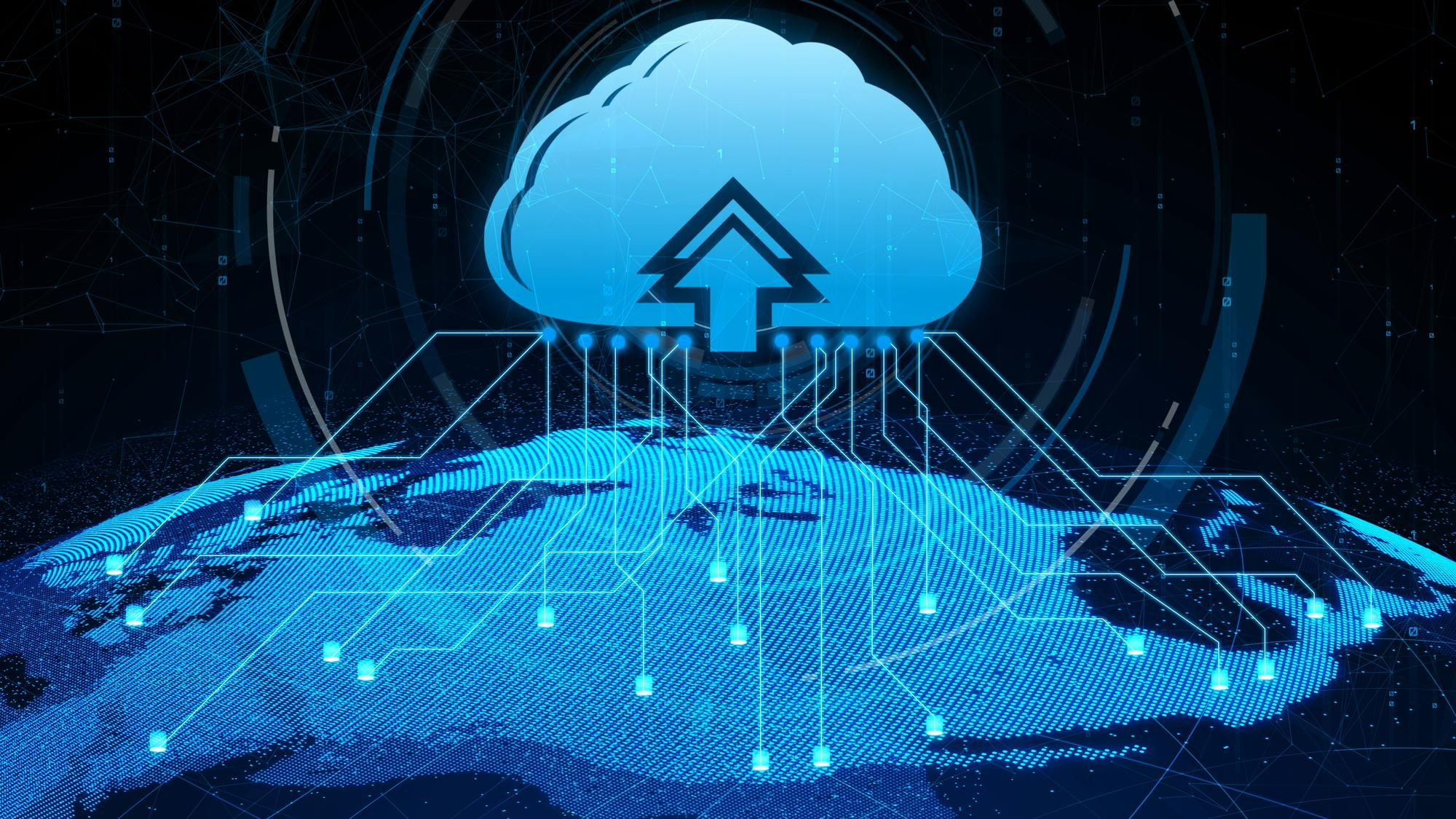 Businesses today are increasingly compelled to infuse artificial intelligence into their operations, the main question arises: when it comes to large language models (LLMs), is it wiser to embrace the transparency of open-source solutions or opt for the proprietary advantages of closed-source counterparts? Let’s learn. Large Language Models (LLMs) stand out as impressive tools capable …
Businesses today are increasingly compelled to infuse artificial intelligence into their operations, the main question arises: when it comes to large language models (LLMs), is it wiser to embrace the transparency of open-source solutions or opt for the proprietary advantages of closed-source counterparts? Let’s learn. Large Language Models (LLMs) stand out as impressive tools capable … Uncategorized
 Businesses today are increasingly compelled to infuse artificial intelligence into their operations, the main question arises: when it comes to large language models (LLMs), is it wiser to embrace the transparency of open-source solutions or opt for the proprietary advantages of closed-source counterparts? Let’s learn. Large Language Models (LLMs) stand out as impressive tools capable …
Businesses today are increasingly compelled to infuse artificial intelligence into their operations, the main question arises: when it comes to large language models (LLMs), is it wiser to embrace the transparency of open-source solutions or opt for the proprietary advantages of closed-source counterparts? Let’s learn. Large Language Models (LLMs) stand out as impressive tools capable …  The article offers a comprehensive guide, from understanding the basics of generative AI to implementing change management models and strategies, ensuring organizations are equipped to thrive in this AI-driven era. Something big is happening quietly: the rise of generative artificial intelligence (AI).Imagine big companies using AI insights to improve how they work, or small startups …
The article offers a comprehensive guide, from understanding the basics of generative AI to implementing change management models and strategies, ensuring organizations are equipped to thrive in this AI-driven era. Something big is happening quietly: the rise of generative artificial intelligence (AI).Imagine big companies using AI insights to improve how they work, or small startups …  In knowledge retrieval apps, the way prompts work has to do directly with accuracy, efficiency, and user experience. An unclear prompt might lead to inaccurate and irrelevant results, negatively impacting the user experience. This article covers some best practices to ensure your AI responds precisely to the information you are seeking. As and when you …
In knowledge retrieval apps, the way prompts work has to do directly with accuracy, efficiency, and user experience. An unclear prompt might lead to inaccurate and irrelevant results, negatively impacting the user experience. This article covers some best practices to ensure your AI responds precisely to the information you are seeking. As and when you …  Accurate demand forecasting is the bedrock of successful businesses, enabling them to optimize inventory, reduce costs, and exceed customer expectations. However, navigating the intricacies of SKU (Stock Keeping Unit) demand forecasting is no easy task. Shockingly, industry reports reveal that up to 70% of companies struggle with SKU demand forecasting, leading to costly inventory imbalances …
Accurate demand forecasting is the bedrock of successful businesses, enabling them to optimize inventory, reduce costs, and exceed customer expectations. However, navigating the intricacies of SKU (Stock Keeping Unit) demand forecasting is no easy task. Shockingly, industry reports reveal that up to 70% of companies struggle with SKU demand forecasting, leading to costly inventory imbalances …  In today’s rapidly evolving manufacturing landscape, digital transformation has become a strategic imperative for organizations aiming to thrive in a highly competitive marketplace. The convergence of technology and industrial processes has given birth to the Industrial Internet of Things (IIoT), a network of connected devices, sensors, and systems that has the potential to revolutionize manufacturing …
In today’s rapidly evolving manufacturing landscape, digital transformation has become a strategic imperative for organizations aiming to thrive in a highly competitive marketplace. The convergence of technology and industrial processes has given birth to the Industrial Internet of Things (IIoT), a network of connected devices, sensors, and systems that has the potential to revolutionize manufacturing …  Reducing the volume of data transmitted for image classification is a crucial task, particularly when dealing with large quantities of images and the associated costs and network constraints. In our quest for an efficient and cost-effective solution, we have devised a comprehensive approach that leverages edge analytics and intelligent processing to minimize unnecessary data transmission. …
Reducing the volume of data transmitted for image classification is a crucial task, particularly when dealing with large quantities of images and the associated costs and network constraints. In our quest for an efficient and cost-effective solution, we have devised a comprehensive approach that leverages edge analytics and intelligent processing to minimize unnecessary data transmission. …  AI for ESG (Environmental, Social, and Governance) is quickly becoming a critical tool for organizations seeking to become more sustainable. Sustainable investments were predicted to be worth $30 trillion in 2018, a 34% increase over 2016. Investors (and the general public) are increasingly interested in determining if and how enterprises are ecologically and socially responsible. …
AI for ESG (Environmental, Social, and Governance) is quickly becoming a critical tool for organizations seeking to become more sustainable. Sustainable investments were predicted to be worth $30 trillion in 2018, a 34% increase over 2016. Investors (and the general public) are increasingly interested in determining if and how enterprises are ecologically and socially responsible. …  Low code no code platforms have revolutionized the software development industry recently. Gartner predicts that by 2024, 65% of app activity will result from no-code development. Further, the market for these platforms will grow to $26.9 billion by 2023, $3.8 billion up from 2017. The demand for low code, no code (LCNC) platforms is driven …
Low code no code platforms have revolutionized the software development industry recently. Gartner predicts that by 2024, 65% of app activity will result from no-code development. Further, the market for these platforms will grow to $26.9 billion by 2023, $3.8 billion up from 2017. The demand for low code, no code (LCNC) platforms is driven …  Low code no code AI platforms function much like other LCNC platforms, allowing non-technical users to leverage AI. It employs a drag-and-drop interface that enables customers to personalize AI solutions with pre-built models and data connectors. No code platforms go a step further— users can create and deploy artificial intelligence models and applications without any …
Low code no code AI platforms function much like other LCNC platforms, allowing non-technical users to leverage AI. It employs a drag-and-drop interface that enables customers to personalize AI solutions with pre-built models and data connectors. No code platforms go a step further— users can create and deploy artificial intelligence models and applications without any …  In today’s global economy, monitoring the complete supply chain is critical to gaining a competitive edge. Demand and output alter dynamically, making it essential for supply chains to enhance their operations and adapt to evolving client demand. In addition, effective supply chains should provide products and services in a timely, reliable, and cost-effective manner. …
In today’s global economy, monitoring the complete supply chain is critical to gaining a competitive edge. Demand and output alter dynamically, making it essential for supply chains to enhance their operations and adapt to evolving client demand. In addition, effective supply chains should provide products and services in a timely, reliable, and cost-effective manner. …